Dipolar molecules under a microscope
The goal of this experiment is the synthesis and investigation of ultracold KCs molecules. Thanks to their large electric dipole moment, chemical stability, and the option to switch between bosonic and fermionic isotopes, they can provide a versatile platform for the study of dipolar quantum physics and novel states of matter. As it is done in the case of RbCs, we are aiming to synthesise our molecules using the technique of Feshbach association, followed by a stimulated Raman adiabatic passage (STIRAP), which has been demonstrated to transfer molecules to their absolute ground state with high efficiency. Currently, our work focuses on two main tasks: developing an optimal scheme for simultaneous cooling of potassium (K) and cesium (Cs) atoms, and building an upgraded version of the vacuum setup, which is going to house a high-voltage electrode setup and a high-resolution microscope objective. These improvements will allow us to control the dipolar interactions between molecules using electric fields, and image individual sites of an optical lattice into which the molecules will be loaded.
Fundings: ERC and FWF
Recent results:
Long distance optical transport of ultracold atoms: A compact setup using a Moiré lens
Govind Unnikrishnan, Charly Beulenkamp, Dechao Zhang, Krzysztof Piotr Zamarski, Manuele Landini, Hanns-Christoph Nägerl
We present a compact and robust setup to optically transport ultracold atoms over long distances. Using a focus-tunable Moiré lens that has recently appeared on the market, we demonstrate transport of up to a distance of 465 mm. A transfer efficiency of 70% is achieved with negligible temperature change at 11 μK. With its high thermal stability and low astigmatism, the Moiré lens is superior to fluid-based varifocal lenses. It is much more compact and stable than a lens mounted on a linear translation stage, allowing for simplified experimental setups.
Review of Scientific Instruments 92, 063205 (2021) preprint at: https://arxiv.org/abs/2103.02387
Interaction-Enhanced Group Velocity of Bosons in the Flat Band of an Optical Kagome Lattice
Tsz-Him Leung, Malte N. Schwarz, Shao-Wen Chang, Charles D. Brown, Govind Unnikrishnan, and Dan Stamper-Kurn
Geometric frustration of particle motion in a kagome lattice causes the single-particle band structure to have a flat s-orbital band. We probe this band structure by exciting a Bose-Einstein condensate into excited Bloch states of an optical kagome lattice, and then measuring the group velocity through the atomic momentum distribution. We find that interactions renormalize the band structure of the kagome lattice, greatly increasing the dispersion of the third band that, according to non-interacting band theory, should be nearly non-dispersing. Measurements at various lattice depths and gas densities agree quantitatively with predictions of the lattice Gross-Pitaevskii equation, indicating that the observed distortion of band structure is caused by the disortion of the overall lattice potential away from the kagome geometry by interactions.
Phys. Rev. Lett. 125, 133001 (2020), preprint at: arxiv.org/abs/2005.09763
Sub-Doppler laser cooling of 39K via the 4S→5P transition-
Govind Unnikrishnan, Michael Gröbner, Hanns-Christoph Nägerl,

We demonstrate sub-Doppler laser cooling of 39K using degenerate Raman sideband cooling via the 4S1/2→5P1/2 transition at 404.8 nm. We obtain a spin-polarized sample of up to 5.6×10^7 atoms cooled down to a sub-Doppler temperature of 4 μK, reaching a peak density of 3.9×10^9 atoms/cm^3, a phase-space density greater than 10^−5, and an average vibrational level of ⟨ν⟩=0.6 in the lattice. This work opens up the possibility of implementing a single-site imaging scheme in a far-detuned optical lattice utilizing shorter wavelength transitions in alkali atoms, thus allowing improved spatial resolution.
Degenerate Raman sideband cooling of 39K–
M. Gröbner, P. Weinmann, E. Kirilov, and H.-C. Nägerl
We report on a realization of sub-Doppler laser cooling of 39K atoms using degenerate three-dimensional Raman sideband cooling. We take advantage of the well-resolved excited hyperfine states on the D1 optical transition to produce spin-polarized samples with 1.4 x 108 atoms at temperatures of 1.8 μK. The phase-space densities are ≥10-4, which significantly improves the initial conditions for a subsequent evaporative cooling step. The presented cooling technique using the D1 line can be adapted to other atomic species and is applicable to high-resolution imaging schemes in far off-resonant optical lattices.
Observation of interspecies Feshbach resonances in an ultracold 39K-133Cs mixture and refinement of interaction potentials-
M. Gröbner, P. Weinmann, E. Kirilov, H.-C. Nägerl, P. S. Julienne, C. R. Le Sueur, and J. M. Hutson
We observe interspecies Feshbach resonances due to s-wave bound states in ultracold 39K-133Cs scattering for three different spin mixtures. The resonances are observed as joint atom loss and heating of the K sample. We perform least-squares fits to obtain improved K-Cs interaction potentials that reproduce the observed resonances, and carry out coupled-channel calculations to characterize the scattering and bound-state properties for 39K-Cs, 40K-Cs and 41K-Cs. Our results open up the possibilities of tuning interactions in K-Cs atomic mixtures and of producing ultracold KCs molecules.
A new quantum gas apparatus for ultracold mixtures of K and Cs and KCs ground-state molecules-
M. Gröbner, P. Weinmann, F. Meinert, K. Lauber, E. Kirilov, and H.-C. Nägerl
We present a new quantum gas apparatus for ultracold mixtures of K and Cs atoms and ultracold samples of KCs ground-state molecules. We demonstrate the apparatus’ capabilities by producing Bose-Einstein condensates (BEC) of 39K and 133Cs in a manner that will eventually allow sequential condensation within one experimental cycle, precise sample overlap, and magnetic association of atoms into KCs molecules. The condensates are created independently without relying on sympathetic cooling. Our approach is universal and applicable to other species combinations when the two species show dramatically different behavior in terms of loss mechanisms and post laser cooling temperatures, i.e. species combinations that make parallel generation of quantum degenerate samples challenging. We give an outlook over the next experiments involving e.g. sample mixing, molecule formation, and transport into a science chamber for high-resolution spatial imaging of novel quantum-many body phases based on K-Cs.
Compact, robust, and spectrally pure diode-laser system with a filtered output and a tunable copy for absolute referencing
–E. Kirilov, M. J. Mark, M. Segl, H.-C. Nägerl
We report on a design of a compact laser system composed of an extended cavity diode laser with high passive stability and a pre-filter Fabri-Perot cavity. The laser is frequency stabilized relative to the cavity using a serrodyne technique with a correction bandwidth of ≥6 MHz and a dynamic range of ≥700 MHz. The free running laser system has a power spectral density (PSD) ≥100 Hz2/Hz centered mainly in the acoustic frequency range. A highly tunable, 0.5–1.3 GHz copy of the spectrally pure output beam is provided, which can be used for further stabilization of the laser system to an ultra-stable reference. We demonstrate a simple one-channel lock to such a reference that brings down the PSD to the sub-Hz level. The tuning, frequency stabilization and sideband imprinting is achieved by a minimum number of key elements comprising a fibered EOM (electro-optic modulator), AOM (acousto-optic modulator) and a NLTL (non-linear transmission line). The system is easy to operate, scalable, and highly applicable to atomic/molecular experiments demanding high spectral purity, long-term stability, and robustness.
The Team
![Charly Beulenkamp PhD student
[email]Charly.Beulenkamp@uibk.ac.at[/email]
Phone: 43 512 507 52434](https://quantummatter.at/wp-content/uploads/2019/09/BEULENKAMP_Charly_web_4_to_3-768x1024-149x199.jpg)
Charly Beulenkamp
![Krzysztof Zamarski PhD student
[email]Krzysztof.Zamarski@uibk.ac.at[/email]
Phone: 43 512 507 52448](https://quantummatter.at/wp-content/uploads/2021/07/ZAMARSKI-Krzysztof-klein-749x1024-149x199.jpg)
Krzysztof Zamarski
![Satwik Ramanjanappa PhD student[br]
[email]Satwik.Ramanjanappa@uibk.ac.at[/email][br]
Phone: 43 512 507 52919](https://quantummatter.at/wp-content/uploads/2021/07/RAMANJANAPPA-Satwik-2-711x1024.jpg)
Satwik Ramanjanappa
Manuele Landini
Phone: +43 512 507 52435
Hanns-Christoph Nägerl
Photos: IQOQI, Barbara Wolf & Nina Dziumla
Former members:
- Dechao Zhang, 2020-2023, postdoc
- Govind Unnikrishnan, 2016-2022, PhD student
- Michael Gröbner, 2013-2017, PhD student
- Philipp Weinmann, 2012-2017, PhD student
- Miroslaw Marszalek, 2013-2015, 2017, master thesis
- Gregor Anich, 2015-2016, master thesis
- Peter Oles, 2015-2016, master thesis
- Emil Kirilov, 2012-2016, postdoc (now in the group of Prof. Rudolf Grimm)
- Benjamin Ziernhöld, 2014-2015, master thesis
- Maximilian Segl, 2014-2015, master thesis
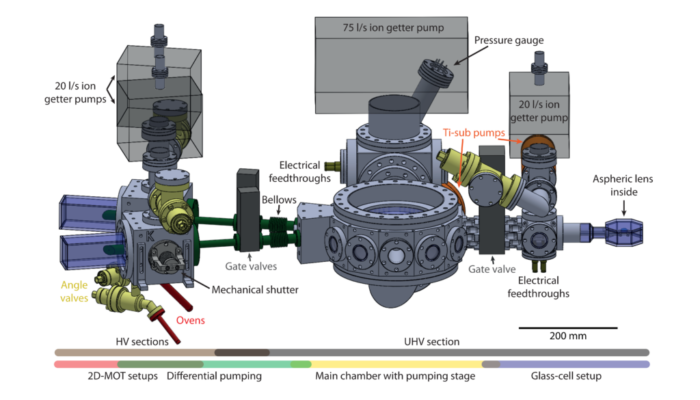
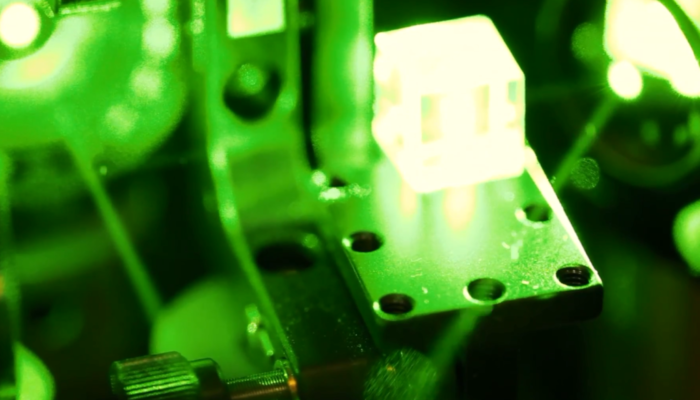
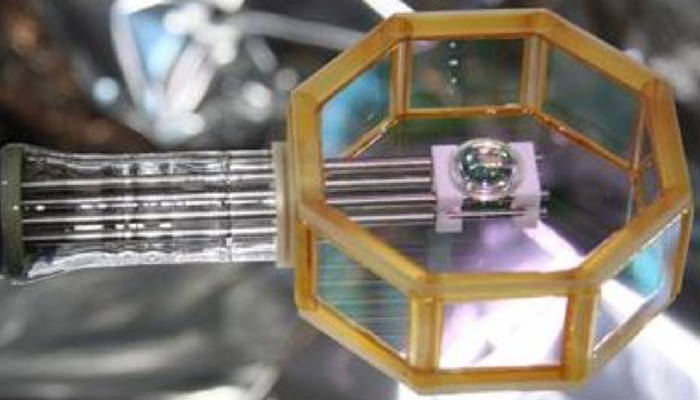
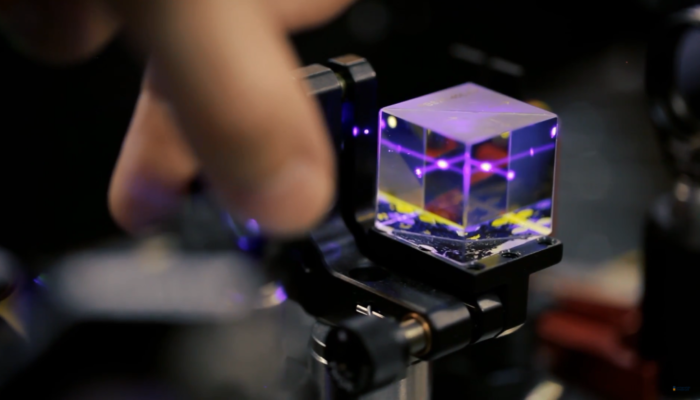
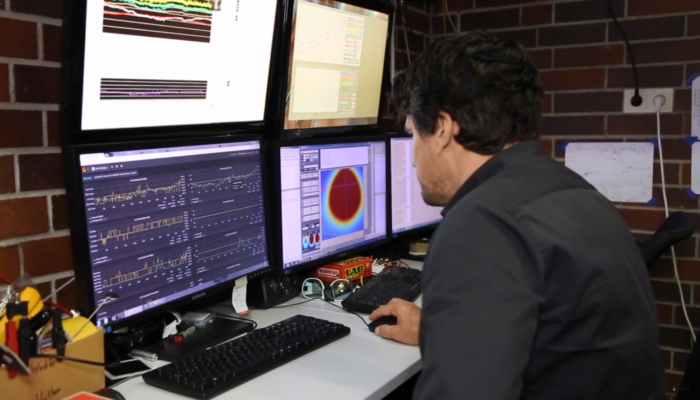
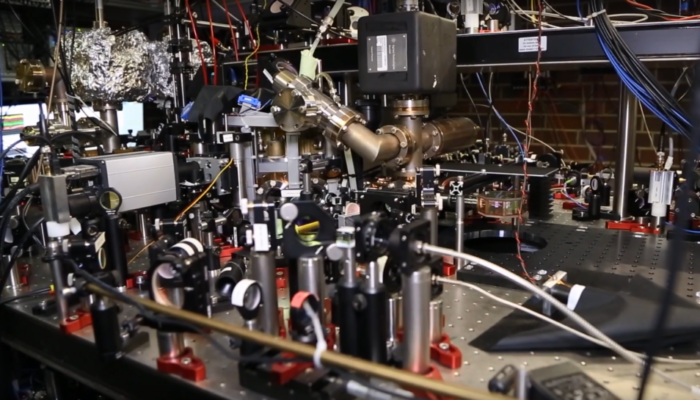
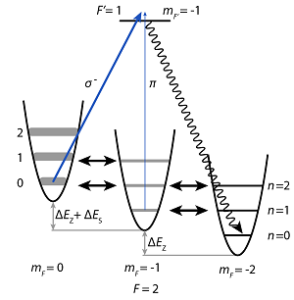
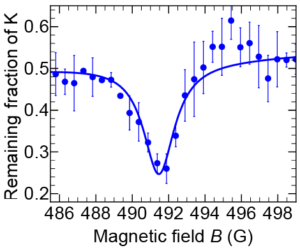
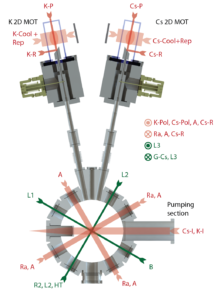
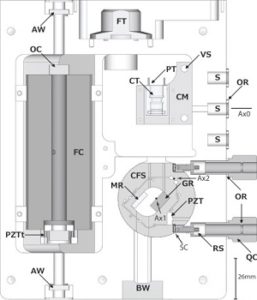
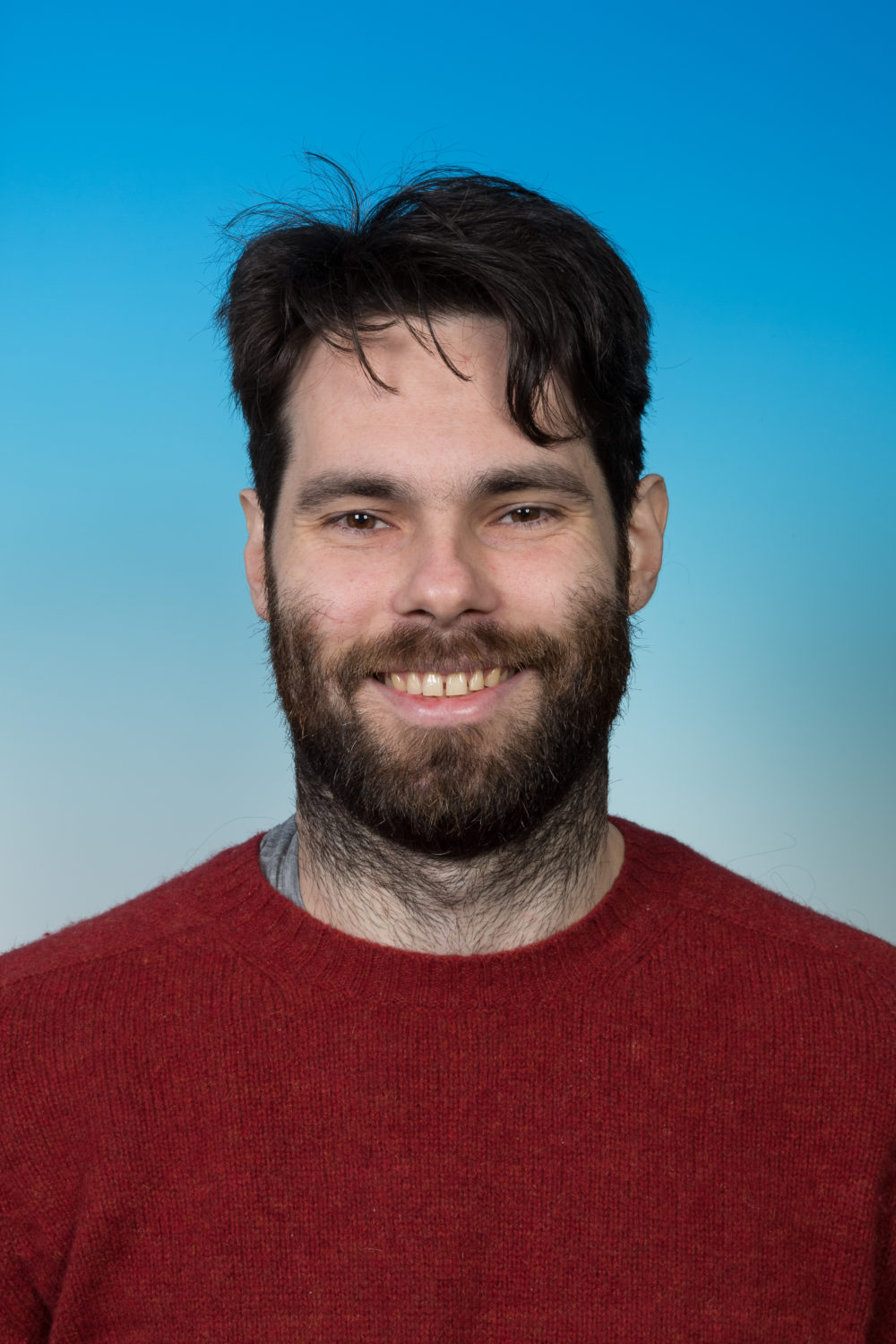
![Hanns-Christoph Nägerl Principal Investigator
[email]christoph.naegerl@uibk.ac.at[/email]
Phone: 43-512-507-52420](https://quantummatter.at/wp-content/uploads/2018/04/naegerl_portrait_blue_149x200.png)